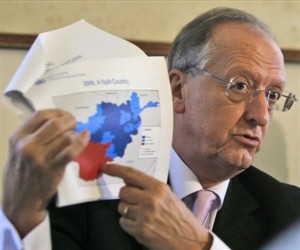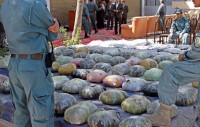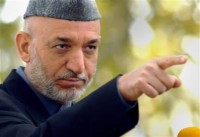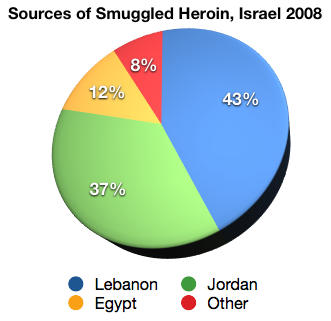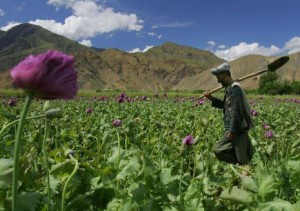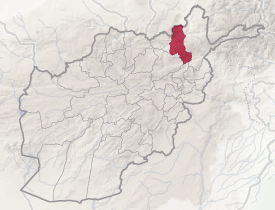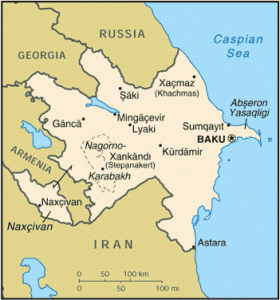Afghan Heroin and Supply Side Economics
A diplomatic cable sent in September of 2009 describes a speech given by Executive Director of the UN Office of Drugs and Crime (UNODC), Antonio Maria Costa, briefing NATO on the results of the 2009 Afghanistan Opium Survey.
On September 18 the Executive Director of the UN Office of Drugs and Crime (UNODC), Antonio Maria Costa, briefed at NATO Headquarters the results of the 2009 Afghanistan Opium Survey. Opium cultivation trends reported were positive overall and showcased a major decline in opium cultivation in Afghanistan by 22 percent in 2009, the lowest in 15 years. Costa described Afghanistan as having a southern opium problem not an Afghanistan opium problem. The report found that nearly 99 percent of all opium production took place in the south. All other provinces in Afghanistan produced only 1 percent of the country’s total opium in 2009. The UK and U.S. support to Helmand Governor Mangal’s three-pronged “food zone” project was illustrated as a successful initiative promoting licit farming in the South. Costa said the World Food Program should buy wheat at the higher price in Afghanistan instead of Pakistan, as it would have a greater positive impact on the Afghan economy. Eradication mechanisms were reported to have minimal affects and accounted for only 3 percent to 4 percent in cutting opium cultivation.
So how are major players in the heroin market reacting to this decrease in supply? Taking a cue from other monopolistic cartels like De Beers, they have been stockpiling and releasing only partial proceeds of production in order to keep prices high and manage supply shocks like this.
Costa said that Afghanistan has 12,400 tons of opium stocks because it produces more than the world consumes. Costa believes the insurgency is withholding these stocks from the market and treating them like “savings accounts.” He said the stocks pose a serious threat as it could be used to finance the insurgency. Costa encouraged intelligence organizations to keep focus on the storage and movement of Afghanistan’s opium stocks.
And who precisely is benefiting from this intelligent management of heroin and opium stockpiles?
Costa responded to Sweden’s question on which parts of the insurgency are gaining the most from narcotics profits by pointing to operations in southern Afghanistan. He said that there was evidence of emerging narco-cartels along Afghanistan’s southern border that are linked to the Taliban. Costa said that the UNODC interviews those who have been recently released by the Taliban for an inside view into insurgency activities. He said many former Taliban detainees said that their sleeping bags were often bags of opium. Costa said the interviews yielded information that many narcotics transactions and transport activities occurred during the night. Costa said there was a grey area between those apart of the insurgency for the ideological aspects and those involved because of the financial gains of the black market narcotics industry. In the north, Costa said there was evidence within the last 12 to 18 months of new narcotics networks by the insurgency. Costa also mentioned that Afghanistan had a political drug cartel, but did not go into details.
Astoundingly, a statement by one of the highest ranking anti-narcotics agents in the world that Afghanistan has a “political drug cartel” barely merits a full sentence. Attempts to convince Afghan President Hamid Karzai and Attorney General Mohammed Isha Aloko of the values of Western narcotic control ideology appear to be falling on deaf ears, as demonstrated by several high profile pardons of those both deeply involved in the heroin trade and connected to high-level government office.
From Cable Reference ID 09USNATO397, 2009-09-18 16:04, Classification CONFIDENTIAL, Origin Mission USNATO.
